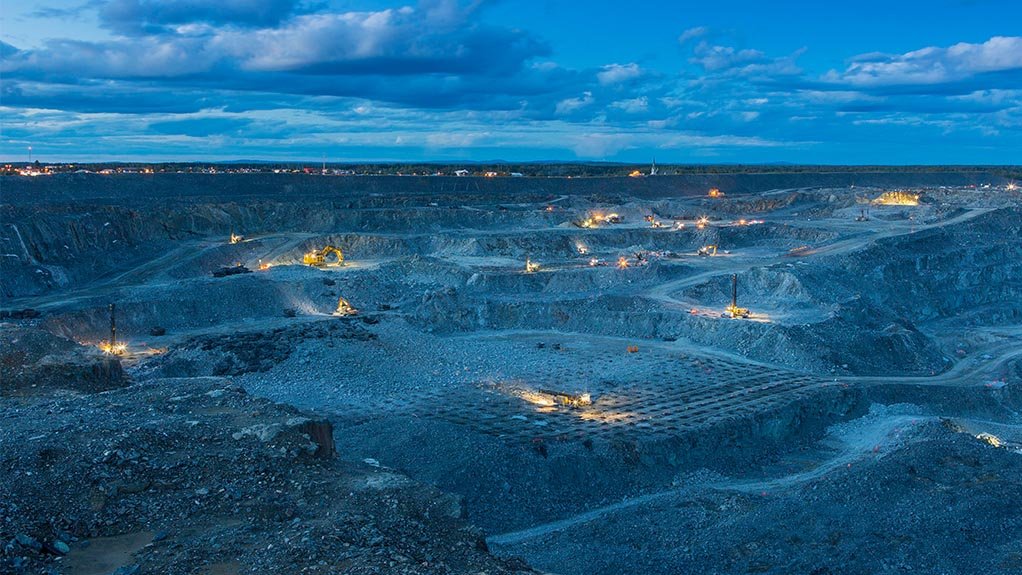With the price of gold at an all-time high, gold-producing African States – such as South Africa, West African countries and sub-Saharan Africa countries – can benefit from the increased demand for gold from various local and international markets.
These markets include central banks, over-the-counter (OTC) investors and the global jewellery market that may require gold and gold-based refined products from African countries.
This is according to gold industry market development organisation, the World Gold Council’s (WGC’s) ‘Gold Demand Trends’ report for the full year and fourth quarter of 2023. The report highlights that central banks, OTC investors, jewellery product retailers and technological product manufacturers are the driving forces behind the global demand for gold production, which is likely to continue in 2024 and beyond.
The report also indicates that the increase in the demand from these parties is what supported the increase in the price, supported by increased demand in areas of the market such as lightweight 24 karat pure gold in China, and domestic investment growth pockets thriving in Türkiye.
“Globally, the price of gold is at an all-time high, driven by an overall strength and demand by central banks and OTC investors,” says WGC senior market strategist John Reade, who adds that this has benefited African and international gold mining companies.
The technology market is also a significantly important driver, as gold is used in the production of mobile devices, such as mobile phones and electronic appliances, and other digital technologies.
For these reasons and others, Africa can maintain its position as a leading force in the global gold production and supply industry, he says.
Driving Industry Development
Amid the gold price hike, African countries have also been able to invest in innovation initiatives in the gold mining industry, with mining companies having invested in decarbonisation technologies to reduce carbon emissions at gold mines.
Essentially, the high gold price, indicative of robust demand, means that various gold extractors, mine owners and end-product manufacturers can capitalise on the opportunity to increase gold production, or mining, in South Africa and other African States.
However, this renewed drive comes in the face of South Africa’s gold mines rapidly maturing and without appropriate replacement orebodies being developed, raising concerns about the lack of new gold mines being introduced and a foreseeable decline in gold output, remarks Reade.
There is great potential in other African countries to produce gold to meet global demand, which is supported by the increase in artisanal and small-scale gold production on the continent, he tells Mining Weekly.
“In terms of gold production, I would expect the African continent to remain a very important component in global gold production for the next decade and for years to come.”
Two factors will influence the gold price for the next couple of years: the interest rate performance in the US and the strength or weakness of the US dollar against major global currencies, adds Reade.
“We are convinced, as is the consensus of economic opinion, that interest rates will fall in the US in 2024 and into 2025, and declining interest rates are usually associated with higher gold prices and demand,” he concludes.
Edited by: Donna Slater
Features Deputy Editor and Chief Photographer
EMAIL THIS ARTICLE SAVE THIS ARTICLE
ARTICLE ENQUIRY
To subscribe email subscriptions@creamermedia.co.za or click here
To advertise email advertising@creamermedia.co.za or click here

















